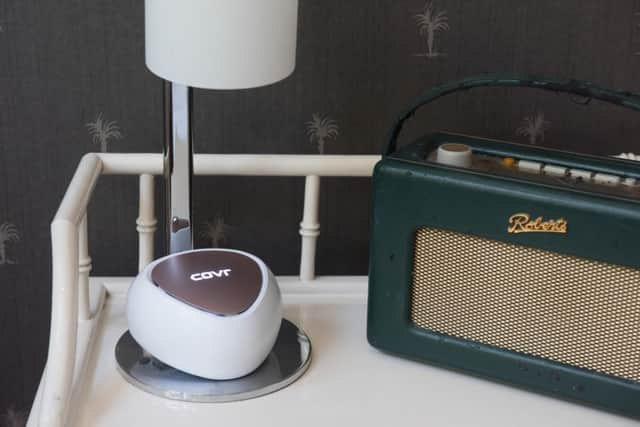Best ways of getting reliable wifi in every corner of your home


Today’s wireless technology has simplified matters somewhat, yet the principle remains of “dead spots” – rooms that broadcast, mobile or broadband transmissions just don’t reach.
Wifi is the most important distribution platform in the modern home, since you can use it to watch TV and sometimes even make mobile calls, as well as browsing the internet. But the router supplied by your broadband company is seldom enough to guarantee uniform coverage.
Advertisement
Hide AdAdvertisement
Hide AdThere are several ways around this, the easiest being to install a wireless booster in a strategic position on the edge of your existing signal. This is then amplified and rebroadcast in the immediate vicinity.
But there are drawbacks. The speed from one of these little boxes is likely to be way below the performance you can expect from the router itself, and there are sometimes compatibility issues with newer “dual band” hardware that radiates wifi on two frequencies at the same time.
You can also install a second wireless access point in your home – more-or-less an additional router which connects to the main one wirelessly or by cable and transmits a network of its own. These work fine, but they’re fiddly to set up and require your portable devices to switch from one network to the other as you move around the house.
A more recent, and also more seamless, development is mesh wifi, a network of boxes placed around your home, which generates a uniform signal everywhere, free of dropout. Two or three of these boxes are about right for the average house.
Advertisement
Hide AdAdvertisement
Hide AdStrictly speaking, they are not boxes at all, but, depending on which make you choose, cones, cylinders or some other modernist shape that can sit happily on a bookcase without attention from you.
The advantage of a mesh network is the ease with which you can set one up. Typically, you buy a pack or two or three units, plug each one into the mains and install an app on your phone which performs the configuration for you.
Google was first out of the traps, with an eponymous system that is widely available at £99 for each unit. However, the specialist networking firms Netgear, Linksys, TP-Link and D-Link have all produced versions of their own, which out-do Google on price and, in many cases, performance.
Typical is D-Link’s COVR‑C1203 package, which includes three triangle-shaped units for a little under £140. You connect one of them to your existing router and use the other two as satellites. Each of them has a pair of sockets on the back for connection devices that are internet-enabled but not wireless, such as some TVs and set-top boxes.
Advertisement
Hide AdAdvertisement
Hide AdBut the set-up process is less simple than the one Google pioneered, with several reboots required and the likelihood of having to experiment with different positions in the house for optimum performance.
On the plus side, the companion app gives you granular control over who can access what, and when, which is useful for exercising parental control, and you can also see which devices are connected. And you can take one of the units with you into the garden in the summer, so long as there is a 13-amp socket nearby.
If simplicity is your only priority, Google Wifi is still hard to beat, but with price and performance also factored in, a system like this is currently the best way to fill your house with wifi.